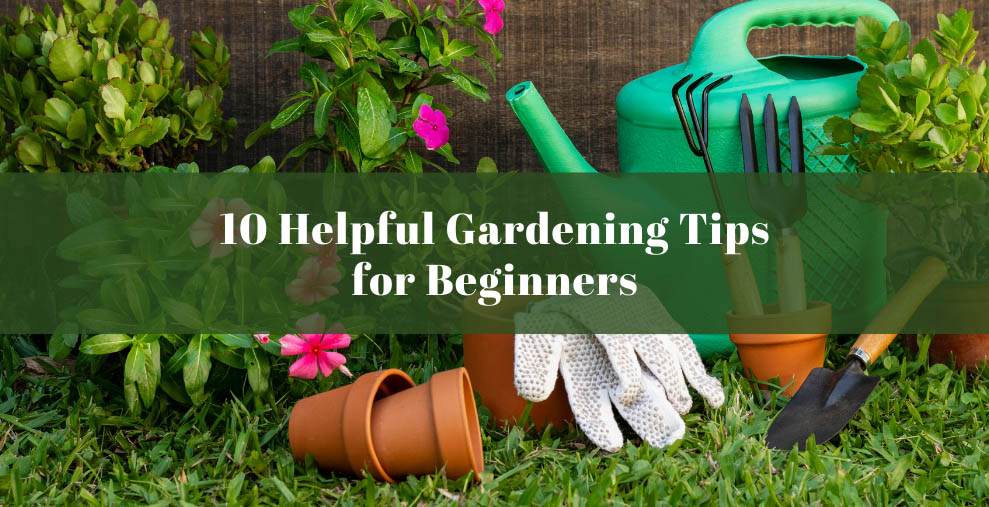Even if you don’t have a green thumb, you shouldn’t let that stop you from gardening. Fresh fruits, veggies, herbs, and flowers can brighten up a yard while also allowing you to eat well on a budget. However, if you’re a first-time gardener, there are a few things you should know before getting started. Here are ten easy steps to getting started with your own backyard garden.
Site it Right
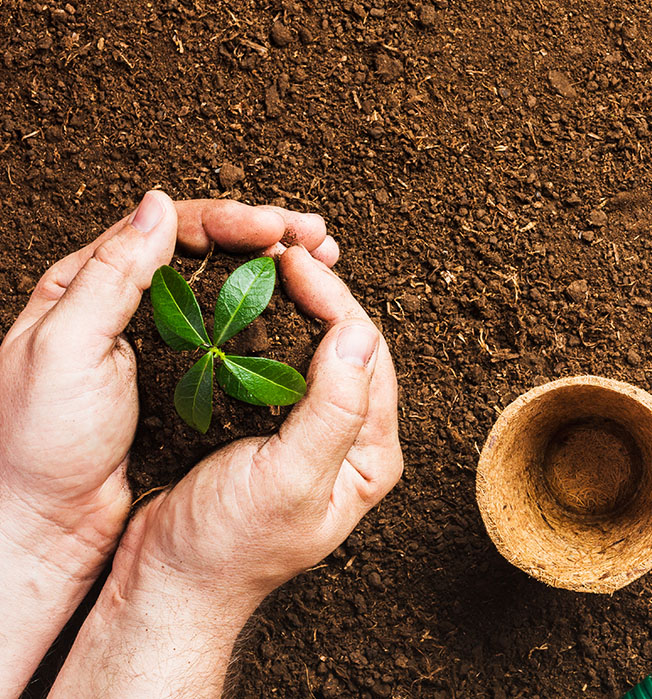
It’s all about location when it comes to starting a garden, just like it is with real estate. Place your garden in a prominent location in your yard so that you can see it on a frequent basis (out of sight, out of mind definitely applies to gardening). You’ll be far more inclined to spend time in it this way.
Test your Soil
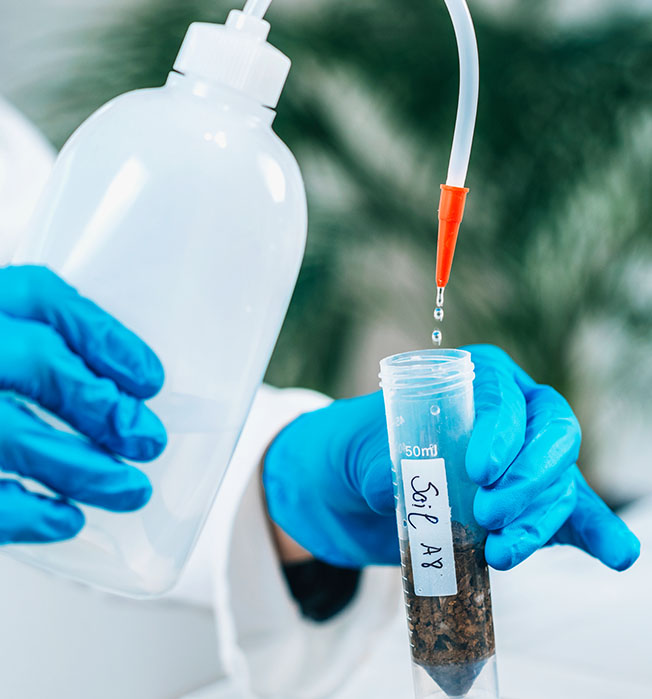
When it comes to planting a garden, one of the most important pieces of advise is to invest in nutrient-rich, well-drained soil. If you’re planning to plant in the ground, mix 3 inches of Miracle-Gro® All Purpose Garden Soil into the top 6 to 8 inches of existing soil to achieve this perfect mixture. Use Miracle-Gro® Raised Bed Soil if you’re planting in a raised bed, as it’s the appropriate weight and texture for raised bed gardening.
Get some Gear
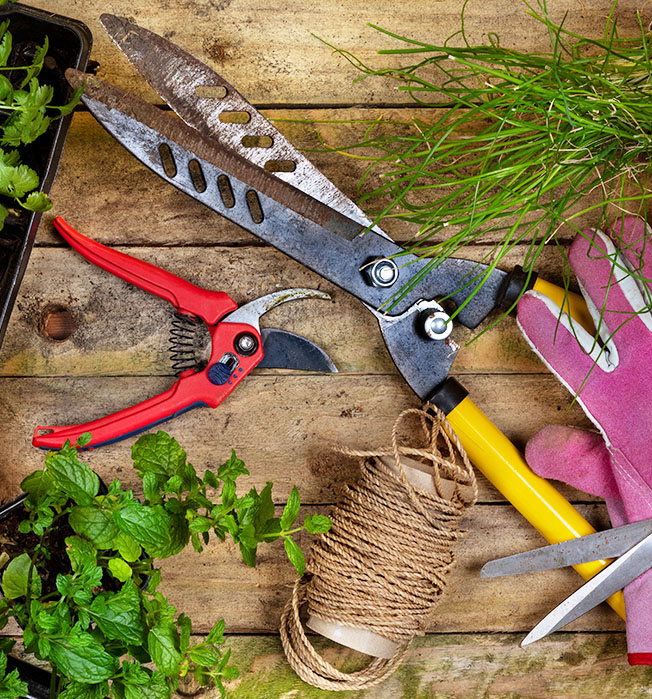
You can quickly get yourself into a major situation if you don’t have the correct tools, or any tools at all. Pruners, loppers, a garden fork, a hand trowel, a spade, a rake, a hoe, a hose with an adjustable nozzle, a watering wand or watering can, and a wheelbarrow are some of the requirements.
Follow the Sun
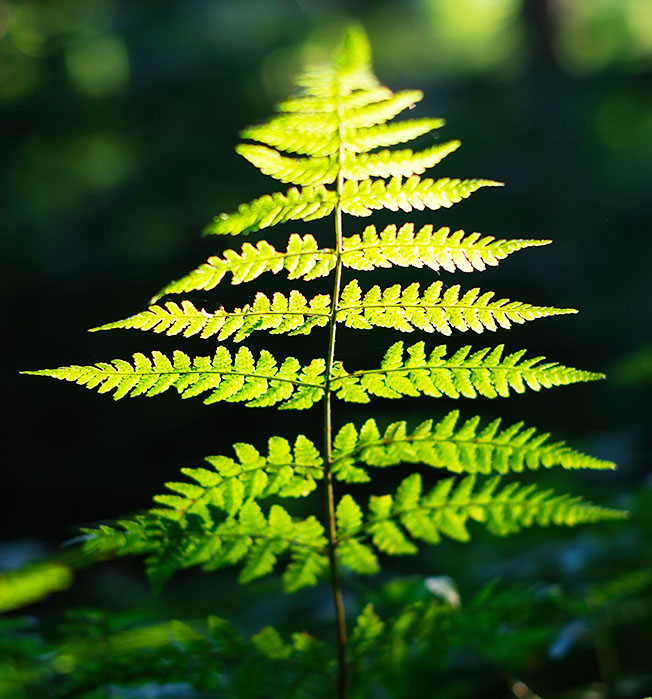
When you’re initially learning to garden, it’s easy to make mistakes like misjudging the amount of sunshine. Before deciding on a location for your garden, pay attention to how the sun shines through your yard. To survive, most edible plants, such as many vegetables, herbs, and fruits, require at least 6 hours of sunlight.
Choose the Right Plants
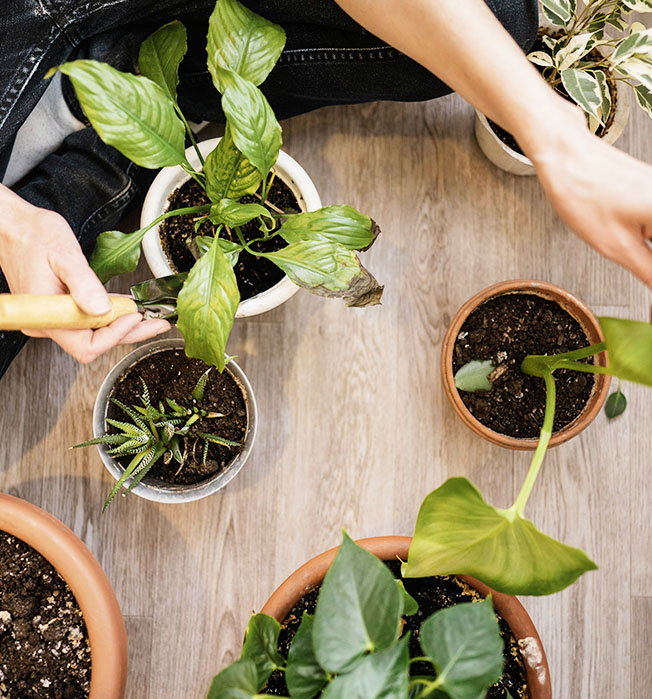
It’s critical to choose plants that are suited to your growth conditions. This entails placing sun-loving plants in a sunny location, selecting heat-tolerant species in hot climates, and allowing vines that devour the ground, such as pumpkins and melons, plenty of room (or a trellis to climb). Make your research and choose types that will thrive where you live and in the space you have available. Instead of trying to cultivate vegetables and herbs from seed, start with robust young plants from Bonnie Plants® to gain a head start.
Don’t Plant things too close Together
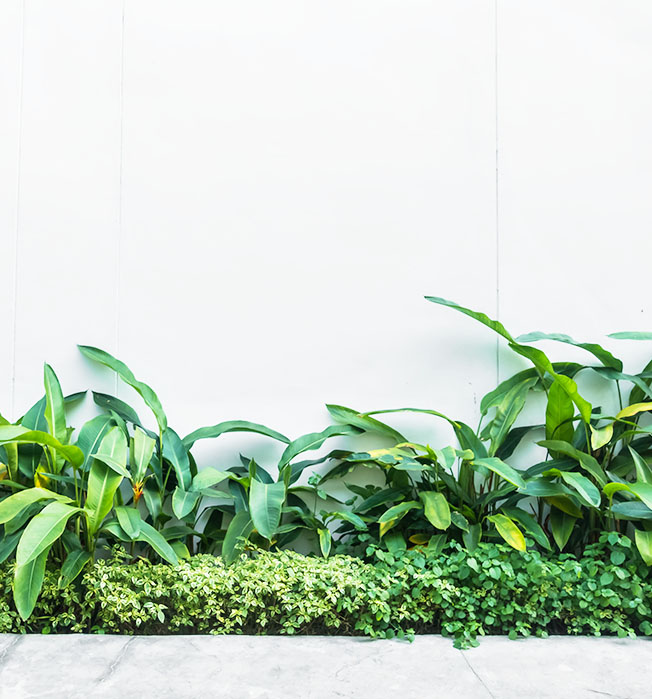
Plants, like people, have personal space bubbles. They require sufficient space to grow properly, because growing too close to other crops might limit growth and spread disease unless they are partner plants.
Use Fertilizer
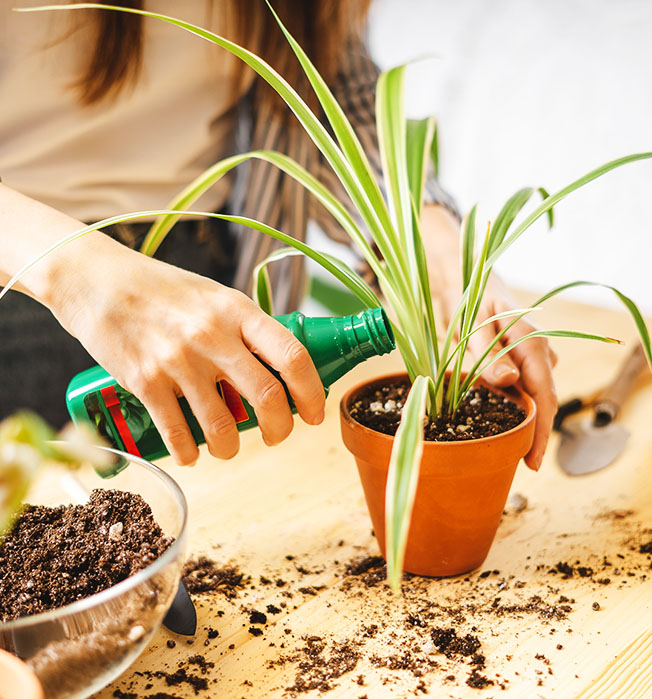
Even if composting isn’t your thing, you shouldn’t neglect to improve the soil. Fertilizing the soil is a crucial step in supplying nutrients and minerals.
Keep Watering
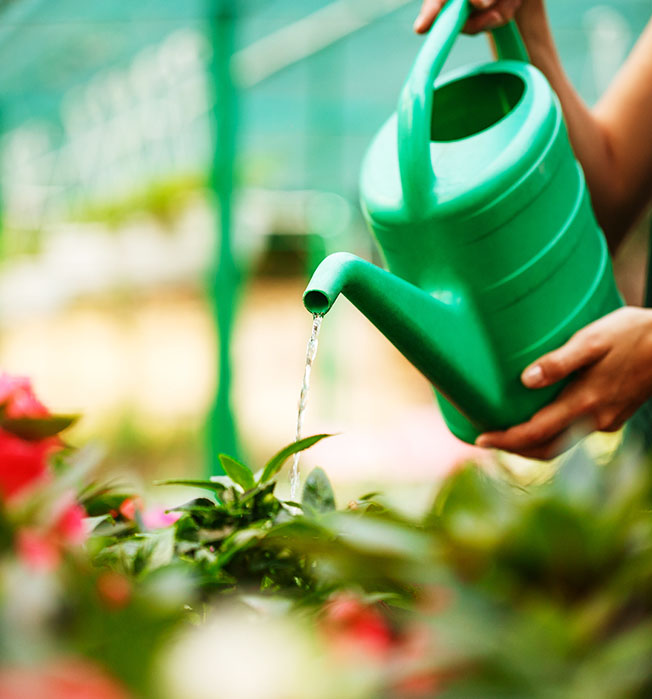
When planning your garden, keep in mind how much water each plant need in terms of quantity and frequency of watering, and make sure to match like with like.
Get rid of Weeds
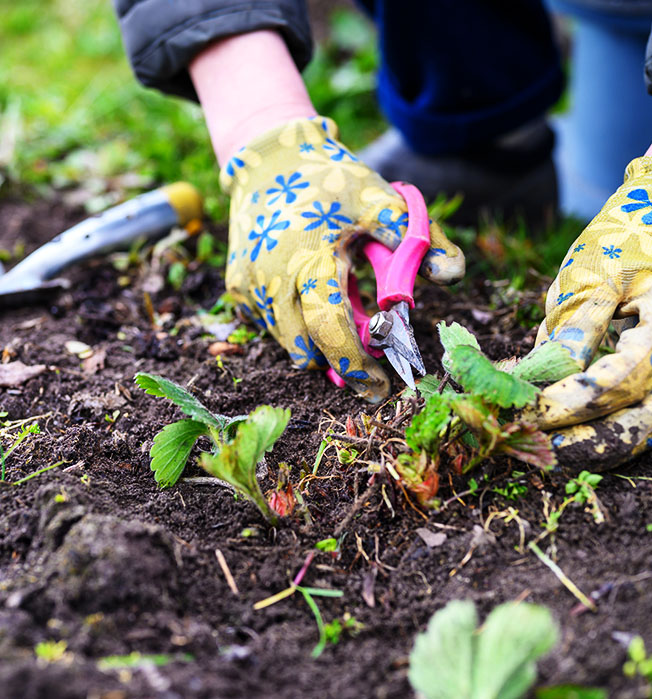
Planting is merely the beginning of your new garden’s job. Weeds must be kept out. Weeds are harmful for your garden because they compete for nutrients in the soil and valuable garden space with the plants you’re attempting to grow.
Be Patient
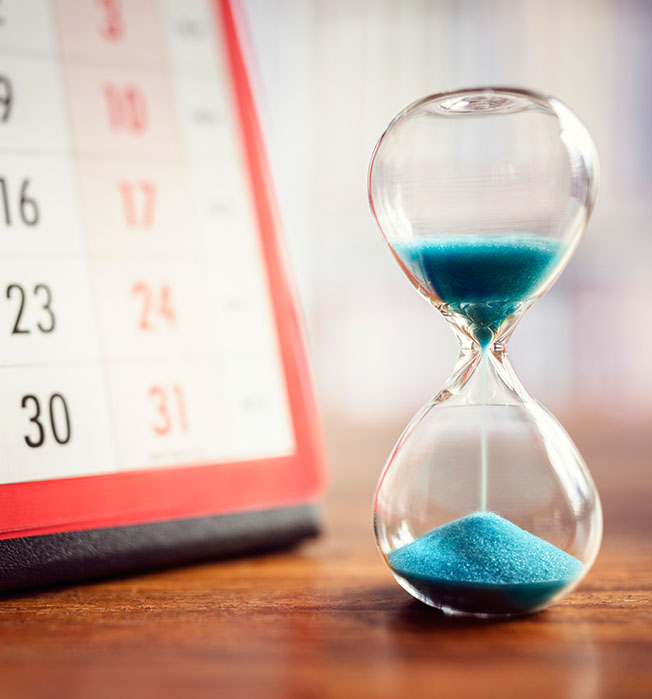
Plants take time to grow, so stay calm and patient while you get your garden started.
